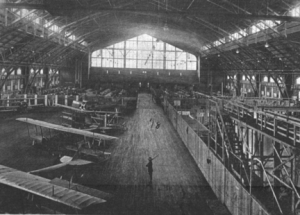The first Cornellian to be granted a Commission was Frank A. Barton, Class of 1891. Colonel Barton served a long and distinguished career in the U.S. Army and twice served as the Cornell Professor of Military Science and Tactics. He so greatly influenced the military training at Cornell that in 1940 the New York State Armory and Drill Hall was renamed Barton Hall in his honor.
Cornell graduates have served with distinction in every major conflict since the Spanish-American War. Of special note, Cornell commissioned more officers in World War I, and inducted more officers and service members in World War II, than any other single institution. Additionally, a group of Cornell volunteers became the first U.S. unit in combat under fire in the First World War.
In 1947, as part of the establishment of a separate United States Air Force, Army ROTC founded the Air Sciences and Tactics Division. In 1950, the Army Air Sciences and Tactics Division formally transitioned into Air Force ROTC Detachment 520 under the command of Air Force Colonel George T. Crowell.
Today’s cadets and midshipmen carry on the proud tradition of leadership and excellence that was established by their predecessors, and are an integral part of fulfilling founder Ezra Cornell’s dream of “an institution where any person can get instruction in any study.”
Picture of Barton Hall (residence of all Cornell ROTC programs) when used as an aircraft hangar in WWI.
Additional information on the rich military history at Cornell University is available on the Army ROTC Excelsior Battalion’s website and on a Veterans Memorials website created by the Cornell University Veterans Colleague Network Group.
